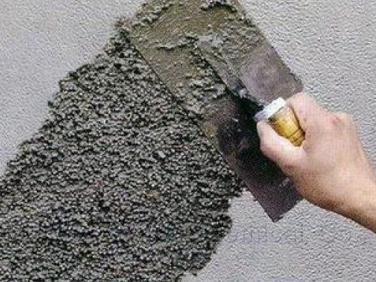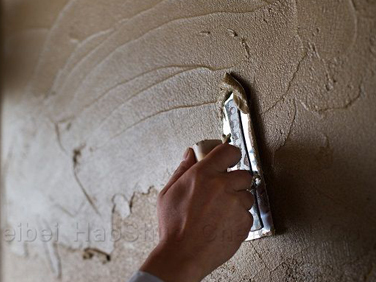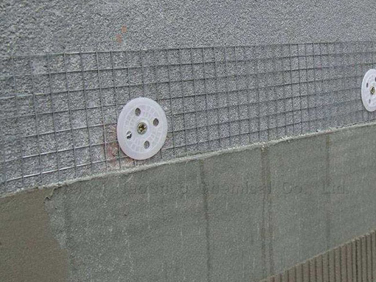How to Correctly Fill Cracks in Concrete?
Maybe it's time to fix a crack in the pavement or repair that hole in the garage. Whatever the case, this guide will help you do it yourself without the need to hire a professional. These are step-by-step instructions for repairing holes in concrete and fixing cracks.
So, how do you repair cracks in concrete? Most people think that you need a specialist contractor when it comes to repairing concrete around your house, but this is not the case. You can do it yourself using a common cement mix and a few other things you usually have around the house, such as sand and gravel. Concrete is strong but porous; there are thousands of small holes deep in the concrete where water can reach the steel reinforcing bars (rebar).
Sometimes you may need to do some patching or filling, but it's usually as simple as adding more concrete mix. Concrete patches help to reinforce weak areas in the concrete or to cover up unsightly cracks. Read on to find out more about how to fix cracks in concrete around your house!
Choosing a concrete patching material
Before choosing a patching material, you must know what type of crack or hole you are dealing with.
Different types of concrete cracks
Small cracks or hairline fractures: Mortar is best suited for small cracks and hairline cracks of up to 1/4 inch (6 mm). In these cases, you can install epoxy-coated mesh tape over the crack to reinforce it.
Medium cracks: If the crack is slightly larger, up to 3/8" (10 mm) wide, use a polymer modified dry pack mortar patch. It can be smoothed out in the same day and is more flexible than ordinary mortar patching materials.
Large Holes or Cracks: Large holes or cracks should be repaired with polymer modified dry pack mortar. This type of patch is more flexible than ordinary mortar and helps to reduce the likelihood of further damage.
Mortar is usually used for small holes and cracks that are not too deep or too wide. It is a mixture of cement, sand and water that hardens as it dries. A binder is also added to help the patch stick to the concrete.
Some cracks may be too deep, too wide or structurally unsound to be repaired with mortar. In such cases you will have to use a different form of material such as plastic foam, epoxy putty or rubberised asphalt filler.

Patching concrete with mortar
While most cracks and holes up to 3/8 inch (10 mm) can be repaired using a regular mix of ready-mixed mortar, thicker repair procedures may require a more plastic variety called dry pack.
It contains a separate material of cement powder, fine aggregates and additives such as acrylic resin or rubber particles.
Tools.
Trowel
buckets of water
Concrete float
Material.
Concrete sand (1/3 of the total sand)
Portland cement (1/3 of the total sand.)
Masonry sand or fine sand (last 1/3 of sand)
Instructions.
Ensure the surface is clean and dry.
Prepare the patching mixture. Mix the dry ingredients first, then add water slowly until a smooth, creamy consistency is obtained.
Apply the material to the hole with your trowel. Pack it in firmly, but don’t leave any air bubbles because they can cause weak spots in the final coating.
Use the trowel to smooth out the surface of the patch so it matches the rest of your concrete.
Feather out the edges with a wet finger to get rid of any excess material that could cause chipping or cracking later on down the road.
Once you’ve finished smoothing, let it dry for at least 30 minutes, then use the concrete float to re-smooth the patch.
Let it dry for a solid 24 hours before applying any heavy weight on top of it.
As a professional construction grade HPMC manufacturer, HaoShuo also provides high performance Daily Chemical Grade HPMC and Gypsum Special Grade HPMC for sale. With 100% product quality rate and daily output up to 150 tons, our products has gained high reputation from customers all over the world like South Korea, India, Pakistan, Bangladesh etc. Welcome to contact us.

